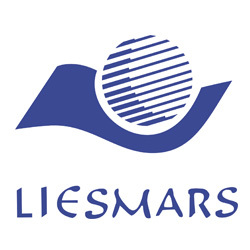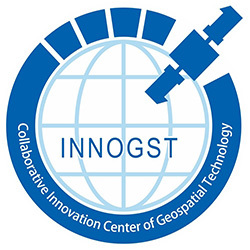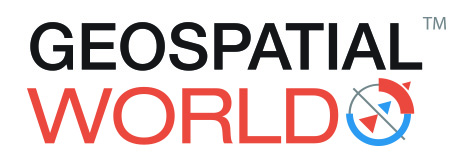Bio:
Christopher Small is a geophysicist at the Lamont-Doherty Earth Observatory of Columbia University. Prior to receiving a Ph.D. from the Scripps Institution of Oceanography in 1993, his formative experiences ranged from shipboard studies of the circulation of the Chesapeake Bay to satellite mapping of sub-seafloor structure for frontier petroleum exploration. Current research interests focus on quantifying the spatiotemporal changes of Earth's surface and understanding the causes and consequences of these changes. Specifically, the use of satellite imagery to map and quantify the spatial structure and temporal evolution of human settlement networks worldwide. Details available at: http://www.LDEO.columbia.edu/~small.
Title: Spatial Scaling of Land Cover Networks
Abstract:
The spatial distribution of land cover is a fundamental determinant of many Earth surface processes – both natural and anthropogenic. The spatial distribution of human settlements and agricultural land use influences both the production and consumption of food as well as the impact of human-dominated landscapes on natural environments. The spatial distribution of forests and other biomes exerts a first order control on the function of the ecosystems they contain. The availability of 30+ years of remotely sensed observations provides us with a near global perspective on the spatiotemporal evolution of both anthropogenic and natural land cover. In this analysis, we compare several global land cover products to quantify the spatial distribution and scaling properties of human settlements, agriculture and forest cover as a starting point to understanding the spatiotemporal dynamics of land cover change. To accommodate the challenges inherent to mapping any land cover at widely varying scales, we compare size distributions of spatially contiguous land cover patches (rather than total area) for each land cover product. Despite the use of different sensors and different mapping criteria, there is remarkable consistency in the size distributions of these products – both within and across land cover class. The similarity of size distributions implies similarity of spatial scaling properties and suggests similarity in the process(es) controlling the evolution of these land cover networks. Rank-size distributions of settlements, agricultural areas and forests are all well-described by power laws spanning more than four orders of magnitude in both area and number. This consistency in the form of the distributions suggests fundamental similarities in the scaling properties of different types of land cover. We consider a general explanation for this scaling that does not require different processes for each type of land cover. The same conditions that give rise to scale-free networks in general can produce power law distributions of component sizes for bounded spatial networks confined to a plane or surface. Progressive segmentation of a continuous field naturally results in growth of the network while the increasing perimeters of the growing components result in preferential attachment to the larger components with the longer perimeters. Progressive segmentation of two types of random continuous field results in progressions of growing spatial networks with components that achieve unity power law rank-size distributions immediately before explosive percolation occurs. This suggests that the scaling properties and uniform area distribution implied by a unity power law rank-size distribution may be a general characteristic of bounded spatial networks produced by segmenting some continuous fields. The implication is that different process-specific mechanisms may not be required to explain the rank-size distributions observed for the diversity of land cover. The observed similarities can be explained by depicting land cover mosaics as co-evolving spatial networks sharing common processes of nucleation, growth and connection.



































